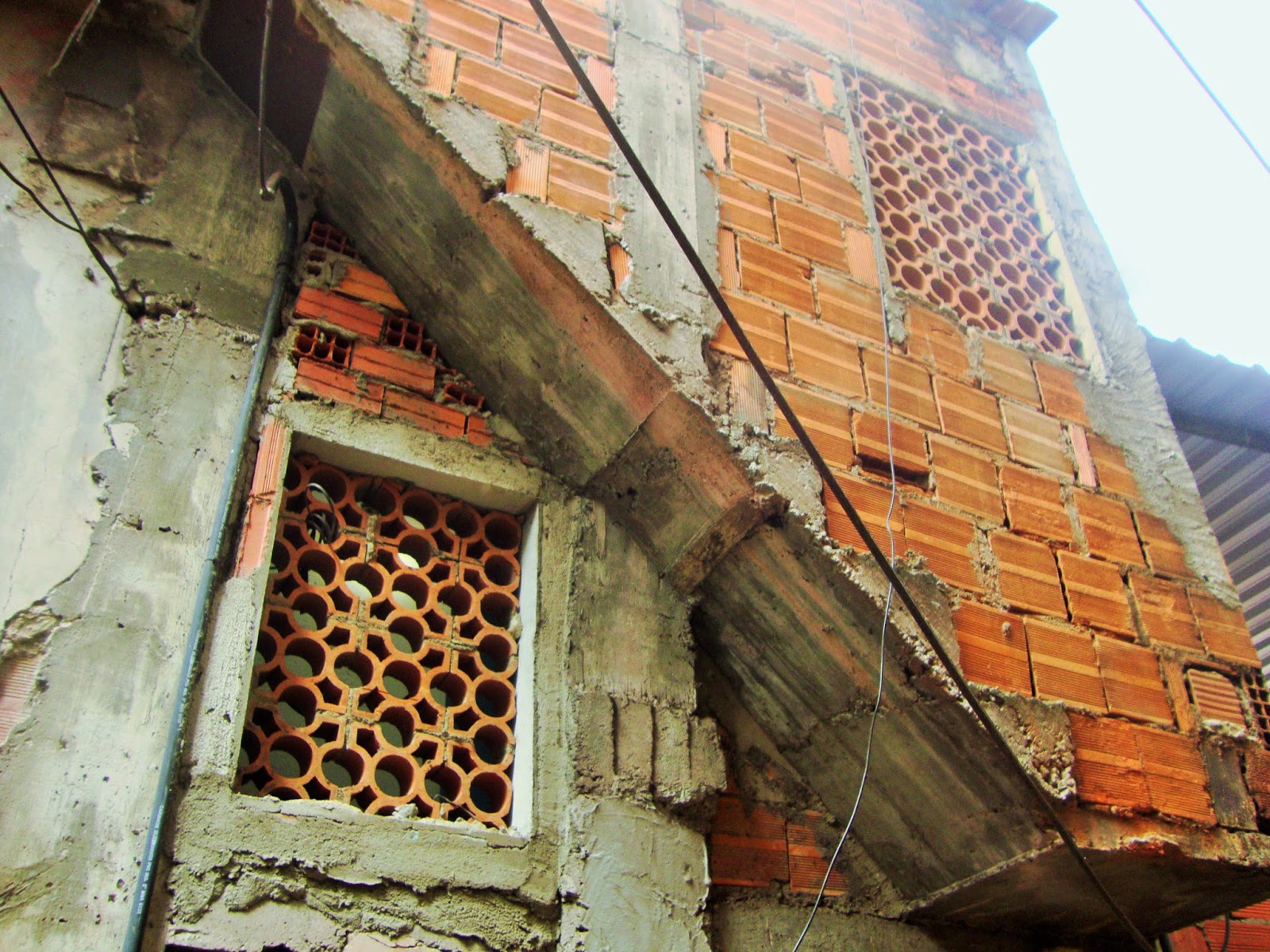Get your sunhat and
join me for a boat tour at the floating market in Thailand (metaphorically of
course!) The market located in Ratchaburi is a major attraction and probably one
of the most chosen day trips by tourists. HOWEVER, this automatically implies
that everything is geared to tourist wishes: Souvenirs, refreshments or a photo
with a snake are just a few examples. So if you are looking for an authentic
experience and expect to encounter bustling Thai people who barter fruits or colorful
fabrics you will be definitely disappointed by the floating market. In fact I partly
was. But let’s start from the beginning.
My friend and I booked
a private day tour through a travel agency in Bangkok. In the morning we were
picked up at our hostel by a driver, who drove us through the Thai countryside
to the market. In itself this was already quite an experience because of the
nice temples we were passing by and the fact that we thought we were kidnapped
(but that’s another story). So after two intermediate stops and maybe a one hour
drive from Bangkok we finally reached the floating market in Ratchaburi. Some
workers welcomed us at the entrance and guided us to a landing stage where a
bunch of tourists were already waiting for an empty boat. After a short while
and a few Thai people gesturing what we should do and were we should go (none
of them spoke English), we finally ended up in a boat with the number 2. Once
on the boat, the adventure began. Along with other tourist boats behind and in
front of us we were taken through a number of canals. The view was actually
quite nice since we were surrounded by nature which was only interrupted by
wooden houses every now and then. After a while we reached the first stalls with
sales people who tried to impose some Thailand souvenirs on us and the other
tourists. Our driver stopped at literally every booth for a short while and
exposed us to an unpleasant conversation. After all we didn’t have any purchase
intentions and couldn’t escape from the boat. Now thinking about it, the
perfect business model! After half an hour we backed down and bought two
freshly cut coconuts from a passing sales boat as we thought this would be more
authentic than coca cola cans. Another few canals later the whole experience
was already over. We safely reached the landing stage where we started our tour
in the first place. My résumé: as part of a daytrip the floating market is an
interesting experience, apart from that not really worth doing.
Sunny Greetings
☀

































